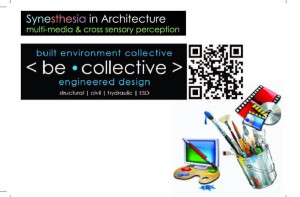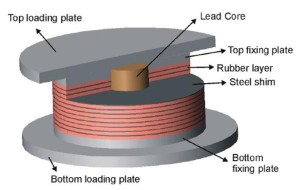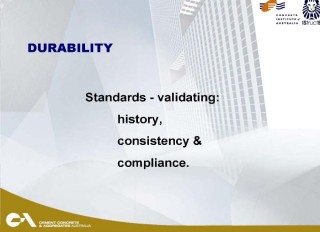 Synopsis: There are three main factors which influence the way we see colour; the light source, the object itself, and the observer. Unless each of these variables are notionally ‘fixed’, then colour cannot be objectively quantified, nor samples compared. Standards relating to concrete have traditionally employed a grey-scale tonal guidance for colour specification/assessment. Such material colour standards rely on subjective assessment and provide no direct guidance for the quantifiable measurement/assessment of colour. From references cited and survey data gathered it is obvious that there is significant room for improvement in how specification and assessment of coloured concrete is addressed in Australia. The paper proposes improved colour specification/assessment techniques for reference in project/construction documentation, and potential revision of the AS 3610 series of standards.
Synopsis: There are three main factors which influence the way we see colour; the light source, the object itself, and the observer. Unless each of these variables are notionally ‘fixed’, then colour cannot be objectively quantified, nor samples compared. Standards relating to concrete have traditionally employed a grey-scale tonal guidance for colour specification/assessment. Such material colour standards rely on subjective assessment and provide no direct guidance for the quantifiable measurement/assessment of colour. From references cited and survey data gathered it is obvious that there is significant room for improvement in how specification and assessment of coloured concrete is addressed in Australia. The paper proposes improved colour specification/assessment techniques for reference in project/construction documentation, and potential revision of the AS 3610 series of standards.
Related Downloads:









